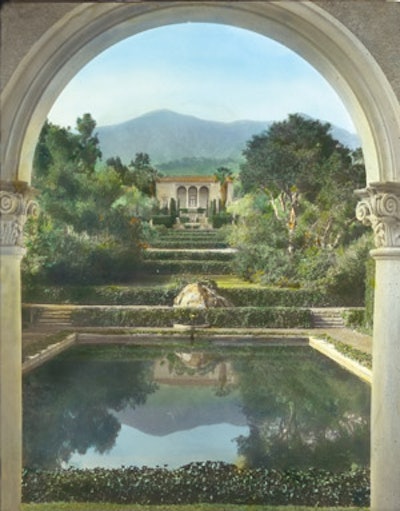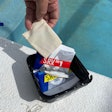
One of things I truly enjoy about this modern era of instant communications is what's happened to the way people use photographs. From commercial and personal websites, to email, to social networking venues, to PowerPoint presentations, almost everyone it seems is instantly sharing digital images. Add to that our ability to digitally alter photos any way imaginable and it's fair to say we live in a sort of neo-spastic miasma of amateur imagery.
No doubt many photographic purists are mortified by the tsunami of poorly made pictures that has inundated our electronic lives, and they have a more than just a passing point. With this unfettered visual freedom something refined has been marginalized. The ability to capture light with a traditional camera and chemically develop photos is a bona fide art form that is becoming an obscure specialization.
By the same token, I've heard professional photographers argue that digital photography is merely the next logical technological step and one that actually opens up creative possibilities. Surely there's truth in both arguments and I'll leave that discussion to others who know more about the nuances of the photographic arts than I do.
Rather, I'd like to look at the digital photographic age as one full of potential for all of us to become the documentarians of our own lives. Think about it — what once took considerable time, money and risk of waste is now immediate, free and fixable on the spot. Not only do we no longer need to buy film, load it, take the picture, unload it, take in to be developed and then pick it up later (often only to find our pictures didn't "turn out"), nowadays we don't even really need a camera because our phones have them built in.
The upshot is that all sorts of people who never bothered much taking pictures have joined the party and are snapping more images than have ever been taken before. What's no doubt been a really rough time for manufacturers of traditional photography products and processing labs, has been one seriously rip-roaring image burning party for the rest of us.
For those in the business of designing and building bodies of water the convenience of and pliability of modern photography takes on even greater meaning and possibility. You now have the ability to easily and quickly capture your work in progress as well as the end results.
I say all this with some experience dealing with the picture-taking habits of others. Throughout my many years covering aquatic design and construction, I have been often amazed and dismayed by the horrible job many of you do in recording your work photographically. I won't name names, but I know some reading this will feel the sting anyway. Think about it: Here you are working in an architectural medium that deals with one of the most visually dynamic of all materials, water, you make all these wonderful structures that contain water and the surrounding landscape elements, and you fail to come away with quality images that capture your own achievements.
It truly mystifies me. Back when photography was more of an expense and hassle, I could almost understand the oversight, but these days, there's just no excuse.
More to the point, you have everything to gain because taking pictures gives you options. You can publish your work, use the images in promotional material, build portfolios, decorate your home or office, share with clients as a perk after project completion, or post on Facebook or Pinterest. You can do anything from populating your website with images of your work to having a picture reproduced on in the frosting on a birthday cake, but you've got to take the picture in the first place.
My recommendation is to view photography as a necessary part of the work process. Whether it's just your phone or a better camera with detachable lenses, you should always have something at hand.
Comments or thoughts on this article? Please e-mail [email protected].








































